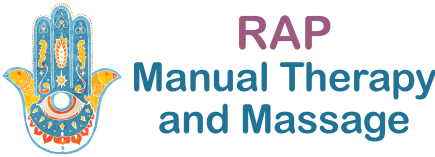Chikly’s Manual Therapy for the Brain offers Recovery for Brain-related Conditions.
 Chikly’s manual therapy for the brain is an advanced-level modality that takes manual therapy to the next realm. It explores the brain, spinal cord, and related pathologies such as closed-head injuries, whiplash, headaches, dyslexia, cerebral palsy, cognitive behavioral dysfunctions, learning disabilities, ADD/ADHD, Parkinson’s, and Alzheimer’s disease. Manual therapists apply specific techniques to release brain-centered restrictions as well as the damaging effects that these restrictions cause.
Chikly’s manual therapy for the brain is an advanced-level modality that takes manual therapy to the next realm. It explores the brain, spinal cord, and related pathologies such as closed-head injuries, whiplash, headaches, dyslexia, cerebral palsy, cognitive behavioral dysfunctions, learning disabilities, ADD/ADHD, Parkinson’s, and Alzheimer’s disease. Manual therapists apply specific techniques to release brain-centered restrictions as well as the damaging effects that these restrictions cause.
Chikly’s manual therapy for the brain uses a slightly different paradigm by working extensively with the brain parenchyma, grey and white matter, cranial and spinal nerves, and vascular structures rather than mainly on cranial bones and membranes.
We address all brain structures in the brain and spinal cord. Because the body often aligns itself around specific brain structures and are frequently unaddressed dominant tissue restrictions.
We examine tissue microstructures, which are often overlooked key bodily lesions in clinical practice.
Therefore, these techniques can probably help most of our clients.
Brain Balance Therapy will help any brain and spinal-related pathologies, including closed head injury, whiplash, headaches, dyslexia, cerebral palsy, cognitive behavioral dysfunctions, learning disabilities, ADD/ADHD, post-meningitis syndrome, dementia, post-polio syndromes, birth difficulties or trauma, feeding difficulties, etc.
What is the difference between the mind and the brain?
The mind uses the brain, and the brain responds to the mind. Therefore, the mind also changes the brain. Without the brain, there would be no conscious experience, but experience cannot be reduced to the brain’s actions.
It is our mind, without which the physical brain and body would be useless.
When we activate this mind through thinking, feeling, and choosing, we build thoughts, which are physical structures in our brains made of proteins. This building of thoughts creates structural changes in the brain, called neuroplasticity.
The brain’s energy flow changes when we think, stimulating neuroplasticity. The brain responds to the person’s stream-of-consciousness and nonconscious activity.
The brain is a highly complex neuroplastic responder. This essentially means that each time it’s stimulated by your mind, it responds in various ways—including neurochemical, genetic, and electromagnetic changes. This, in turn, grows and changes structures in the brain, building or wiring new physical thoughts.
The brain is never the same because it changes with every experience and every moment of every day. So, in sum: Your mind is how you, uniquely, experience life. It’s responsible for how you think, feel, and choose. And your physical brain responds to these unique experiences.
Knowing your mind and brain are separate puts you in the control seat because you can learn to manage your thoughts and actions. Ultimately, it means you can choose what you build into your brain and how to change what’s already built in.
When you learn how to manage your mind, you can make feelings of depression, stress, anger, and anxiety work for you instead of against you. As a result, you can bring balance back into your brain and life.
Inspired By Caroline Leaf, Ph.D., BSc
Stroke, epilepsy, migraine, headache, tremor, vertigo

